CNC Milling for Telecommunications Equipment
Frigate maintains surface roughness below 0.4 µm Ra on connector-adjacent and waveguide interfaces using precision multi-axis milling. Non-abrasive polishing removes oxide layers, minimizing passive intermodulation across repeated mating cycles.
Our Clients



































- Process Capability for Precision Die Milling
High-Frequency Housing Precision and Thermal Interface Control
Accurate milling of RF enclosures maintains impedance continuity and reduces passive intermodulation. Flatness and surface integrity are tightly managed to enhance thermal transfer and mechanical fit.
PIM Suppression by Surface Control
Surface roughness is held below 0.4 µm Ra on all connector-adjacent and waveguide interfaces using precision multi-axis milling. Non-abrasive polishing eliminates oxide deformation layers, minimizing passive intermodulation across repeated mating cycles.
Impedance Stability by Geometric Accuracy
Synchronized 5-axis CNC machining with toolpath deviation under 5 µm maintains waveguide symmetry, cavity alignment, and connector seat accuracy. RF-critical features are designed from functional centerlines to preserve impedance across mechanical and thermal shifts.
Thermal Interface Flatness
Controlled stock removal and stress relief cycles achieve flatness under 0.03 mm across 250 mm spans. Laser profilometry verifies thermal interface integrity under both ambient and elevated temperatures.
- Machining Workflows
Our CNC Milling Process
Tight component tolerances and fine feature depths are achieved through high-speed, thermally stable CNC milling in cleanroom-compatible workflows.

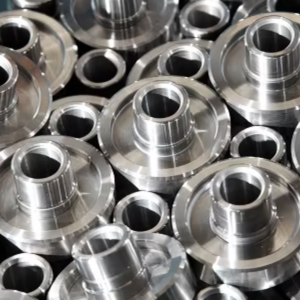
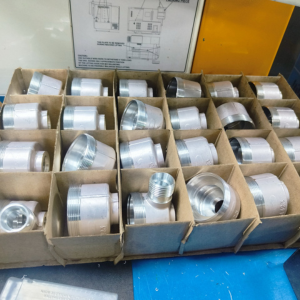
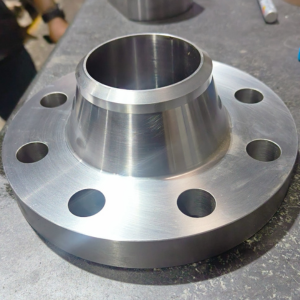

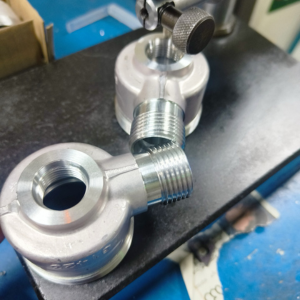
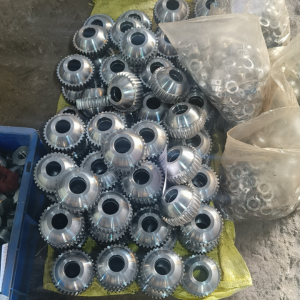
Engineers design the part using CAD (Computer-Aided Design) software. The design includes all dimensions and specifications.
The CAD design is converted into CNC code, often using CAM (Computer-Aided Manufacturing) software. This code tells the milling machine how to move and cut the material.
Operators prepare the CNC milling machine by securing the material (workpiece) and installing the appropriate cutting tools.
The CNC machine reads the code and starts milling. The cutting tool rotates and moves along multiple axes to remove material from the workpiece and shape it into the desired part.
The machine monitors the cutting operations throughout the process. Operators may make adjustments to ensure precision and quality.
After milling, the part may undergo additional processes like deburring or polishing to achieve the final specifications.
The finished part is thoroughly inspected to meet all design requirements and tolerances.
- Real Impact
Words from Clients
See how global OEMs and sourcing heads describe their experience with our scalable execution.
“Quick turnaround and solid quality.”
“The instant quote tool saved us time, and the parts were spot-on. Highly recommend Frigate!”
“Great service, fair price, and the parts worked perfectly in our assembly.”
“Top-notch machining and fast shipping. Very satisfied with the results.”
“Frigate delivered high-quality parts at a competitive price. The instant quote tool is a huge plus for us!”
“We appreciate the precision and quality of the machined components in the recent delivery—they meet our specifications perfectly and demonstrate Frigate’s capability for excellent workmanship.”
“Flawless execution from quote to delivery.”
“The precision on these parts is impressive, and they arrived ahead of schedule. Frigate’s process really stands out!”
“Parts were exactly as spec’d, and the instant quote made budgeting a breeze.”
“Good value for the money.”
“The finish was perfect, and the team was easy to work with.”
- Surface Finish
Flawless Finishes for CNC Milling Parts
Surface roughness is optimized using specialized cutters and constant tool engagement techniques. This ensures compatibility with sealing systems, wear surfaces, and corrosion-resistant coatings.
Anodizing
Give your aluminum parts a tough, corrosion-resistant shield with anodizing, reaching surface hardness up to HV 500, while enhancing electrical insulation and durability.
Mechanical Finishing
Smooth out imperfections and refine surfaces to Ra 0.2 µm or better with mechanical finishing techniques like grinding, polishing, and bead blasting.
Heat Treatment
Boost material strength and hardness by heat treating parts at temperatures up to 1100°C, ensuring they meet the mechanical demands of your application.
Electroplating
Add protective or functional metal coatings with electroplating, delivering consistent layers as precise as ±2 µm for improved corrosion resistance and conductivity.
Our Machined Products
We support your production needs with CNC-machined parts, subassemblies, and performance-critical components.
- Material Properties
Materials for CNC Milling in Telecommunications Equipment
Material selection is driven by RF compatibility, thermal performance, and dimensional stability under operational and machining stress. Properties are evaluated for conductivity, expansion behavior, and environmental durability.
- High thermal conductivity for efficient heat dissipation.
- Stable dielectric response to minimize RF losses.
- Low thermal expansion for mechanical precision.
- Corrosion resistance for long-term field reliability.
A2 Tool Steel is a high-carbon, high-chromium steel known for its toughness and wear resistance. It’s ideal for producing durable, high-strength parts that can withstand heavy use.
Aluminum is a lightweight, corrosion-resistant metal with good machinability. Because of its strength-to-weight ratio, it’s commonly used in aerospace, automotive, and various industrial applications.
Brass is a copper-zinc alloy known for its machinability and corrosion resistance. It’s used for components requiring precise detailing and good mechanical properties.
Bronze is a copper-tin alloy with excellent wear resistance and strength. It’s often used for bushings, bearings, and other friction-prone components.
Cast Iron is known for its high wear resistance and machinability. It’s used in heavy-duty applications such as machinery parts and engine components.
Copper offers excellent thermal and electrical conductivity. It’s used in applications requiring heat dissipation or electrical conductivity, such as electronic components.
Steel is a versatile material known for its strength and durability. It’s used in various applications, from construction to automotive parts.
Titanium is a lightweight, high-strength metal with excellent corrosion resistance. It’s used in aerospace, medical implants, and high-performance engineering applications.
Stainless Steel offers high corrosion resistance and strength. It’s widely used in applications ranging from kitchen equipment to industrial machinery.
Zinc is a ductile and corrosion-resistant metal known for its excellent machinability, especially in its alloy forms. It's often used for components requiring intricate details, good surface finish, and precise dimensions, commonly found in automotive, hardware, and electrical applications.
- Process Continuity
Design Transfer Integrity from Prototype to Production
Maintaining geometric consistency between prototype and production components is critical for qualification and system integration. A unified toolpath strategy eliminates tolerance drift and revalidation delays during engineering phase transitions.
- Unified CAM workflow ensures consistent machining logic across stages.
- ±0.003 mm tolerance match between prototypes and production parts.
- No interface re-baselining required during EVT to DVT.
- Stack-up accuracy maintained for connectors and multi-part assemblies.

- Manufacturing Governance
Compliance Framework for CNC-Milled Telecom Components
Telecom hardware demands process-level control over machining precision, material validation, and system integration readiness. Compliance is ensured through traceable, metrology-driven workflows across structural and electromagnetic parameters.
- Functional tolerances verified via CMM with SPC control.
- Material batches tracked with thermal and corrosion data.
- Shielding geometries validated for EMI path integrity.
- DPD-linked inspection records ensure full dimensional traceability.
We rigorously apply this global quality management system, ensuring consistent precision and repeatability across all CNC milling operations for telecom components.
We mill materials to relevant ASTM standards, guaranteeing precise chemical composition, high conductivity, and environmental stability for critical telecom applications.
We precisely adhere to GD&T callouts, ensuring exact dimensional accuracy, critical for waveguide integrity and reliable connector interfaces.
We achieve specified surface finishes during milling, crucial for optimizing electrical contact, minimizing signal loss, and preventing corrosion in enclosures.
Our milling processes accurately produce features for integrated EMI/RFI shielding, vital for preventing electromagnetic interference and ensuring signal clarity.
Our milling considers component design aspects that contribute to overall product compliance with electromagnetic compatibility regulations.
- We export to 12+ countries
Frigate’s Global Presence
Frigate takes pride in facilitating “Make in India for the globe“. As our global network of Frigaters provides virtually limitless capacity, and through our IoT enabled platform your parts go directly into production. By digitally and technologically enabling “the silent pillars of the economy” MSME and SME manufacturing industries, we are able to tap the huge potential for manufacturing to bring the best results for our clients.

100,000+
Parts Manufactured
250+
Frigaters
2000+
Machines
450+
Materials
25+
Manufacturing Process

- Verified Standards and Methods
Quality Testing Standards for CNC Milling Services
To measure the roundness of cylindrical features, ensuring they meet tolerance requirements.
To check internal surfaces for flatness, critical for sealing and assembly purposes.
To identify burrs or sharp edges that may affect assembly or safety.
To ensure that complex profiles (e.g., contours, curves) conform to design specifications.
To check the topography and texture of the surface, ensuring it meets the required specifications for function or aesthetics.
To verify that the surface hardness depth meets the required specifications for wear resistance.
To measure internal stresses that could lead to deformation or failure during or after machining.
To verify grain structure, inclusions, and material consistency, ensuring the part meets performance requirements.
- See Our CNC Machined Components
CNC Milling Parts
We maintain stringent dimensional consistency through high-resolution spindle encoders, thermal drift compensation, and ultra-fine servo motor tuning. Delivering components engineered to withstand extreme mechanical stresses and fluctuating thermal environments.
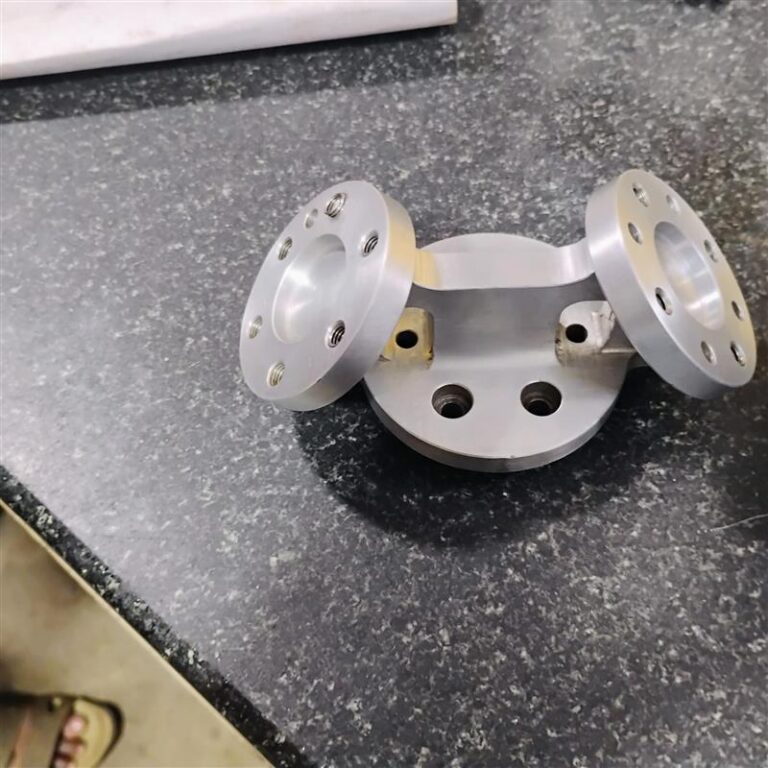
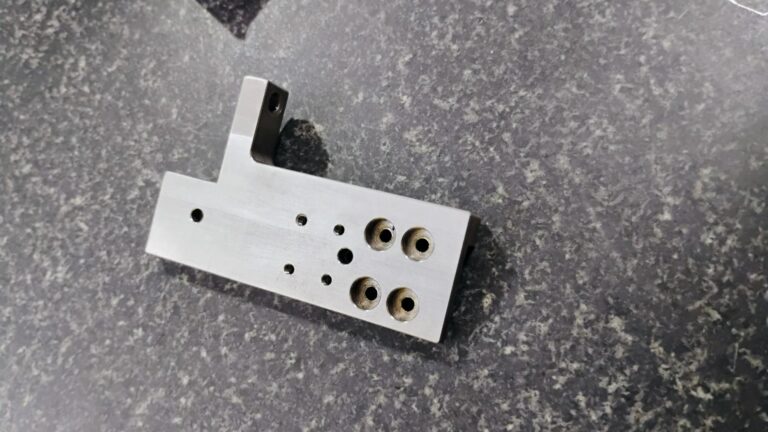
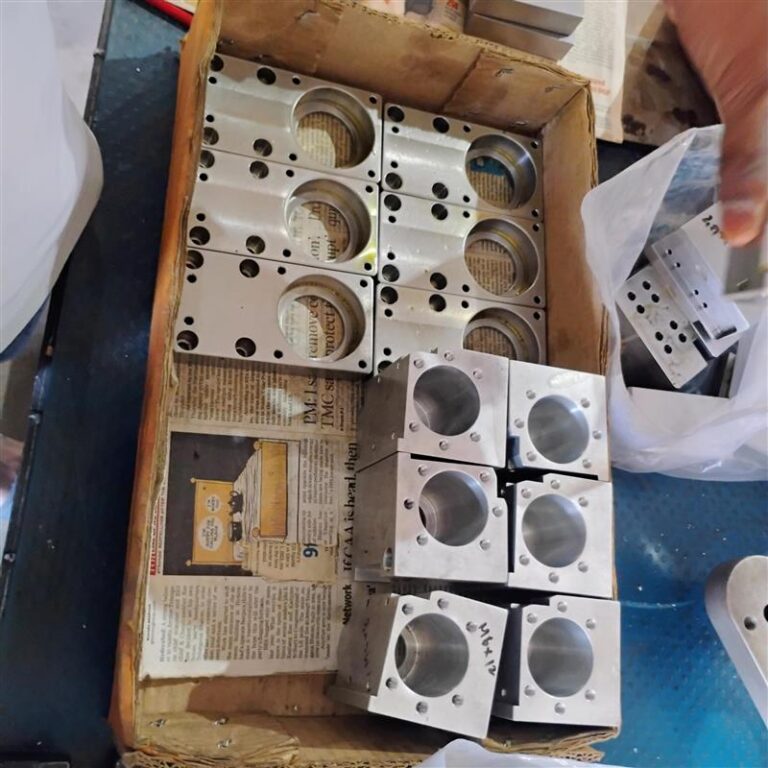
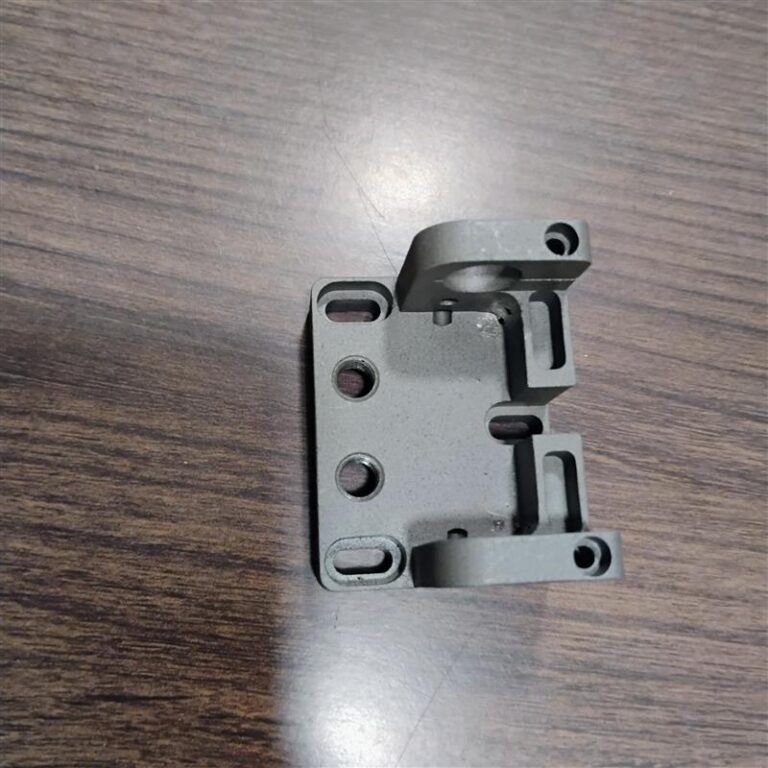
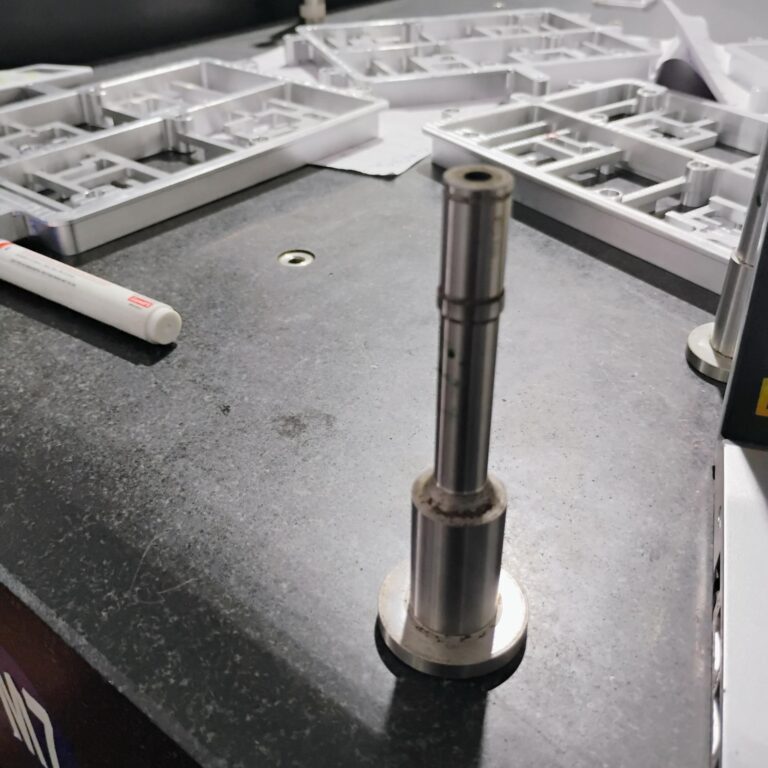
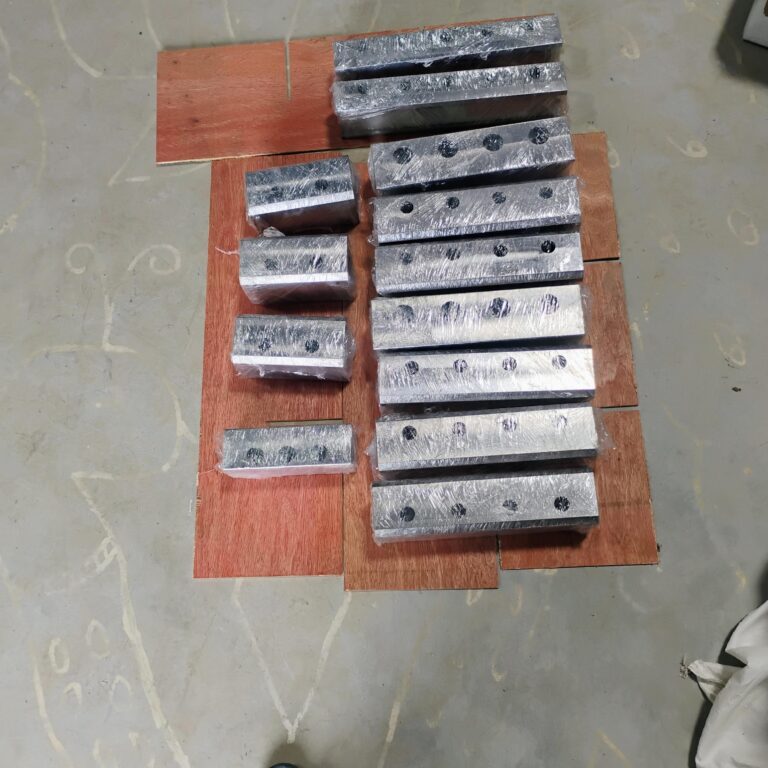


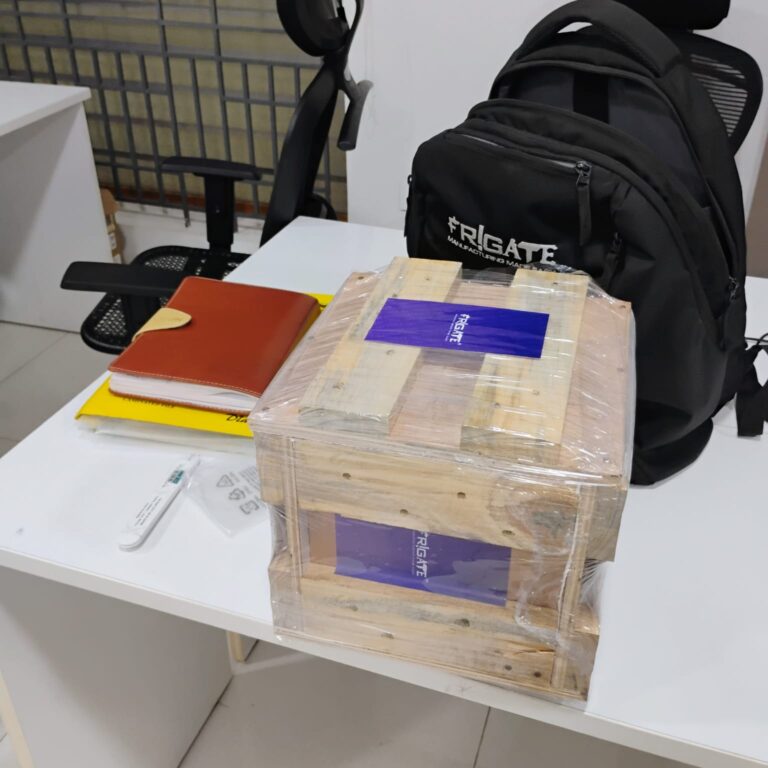



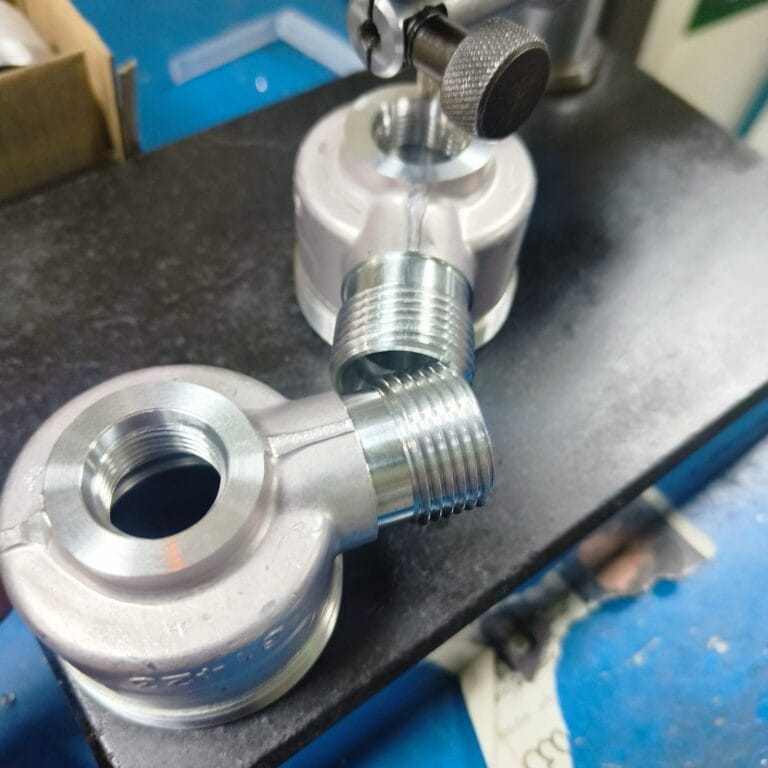
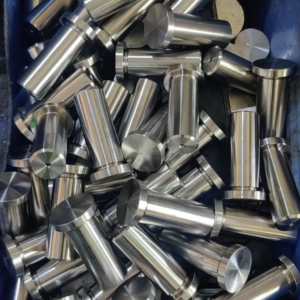
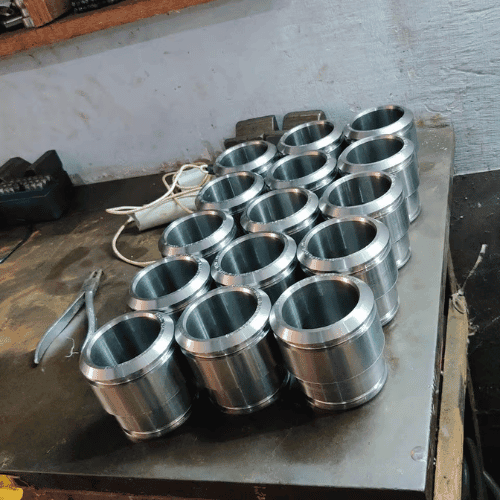
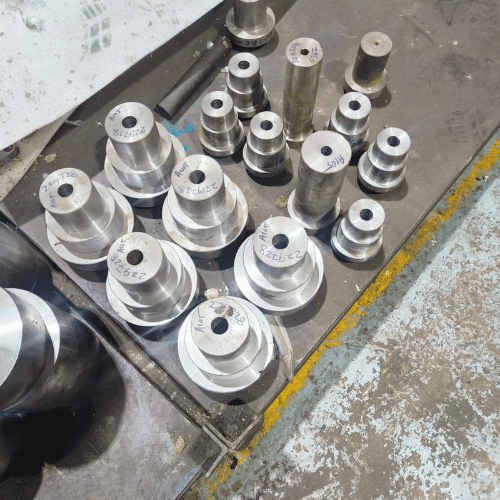
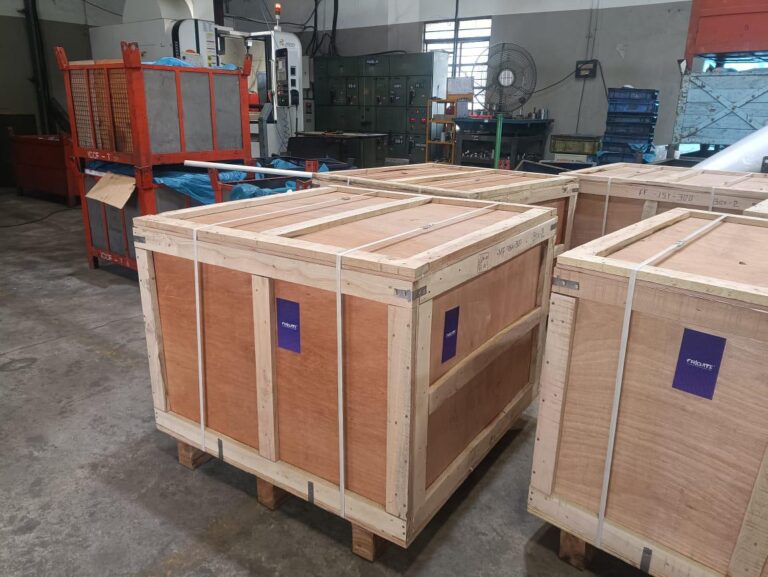
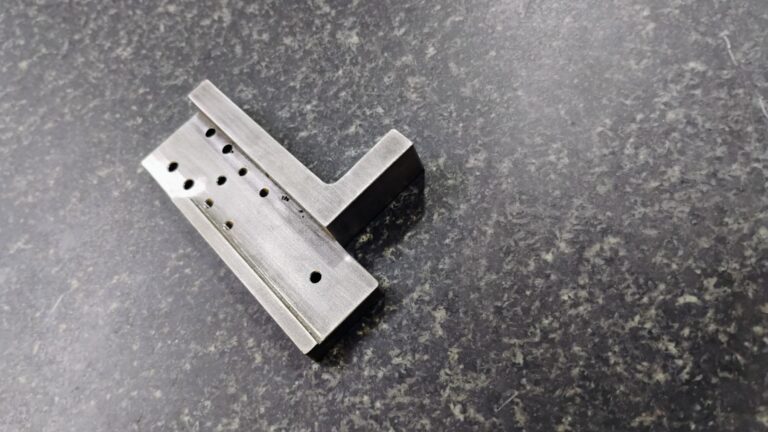
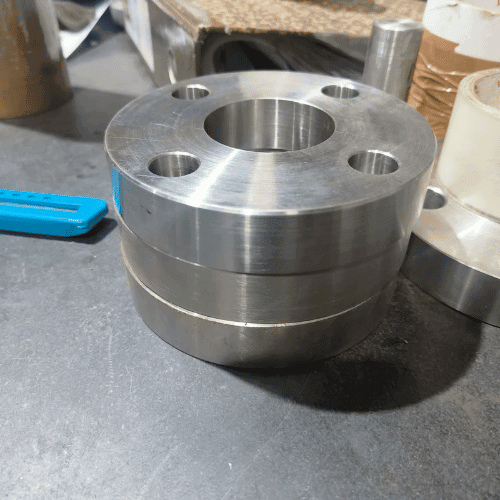
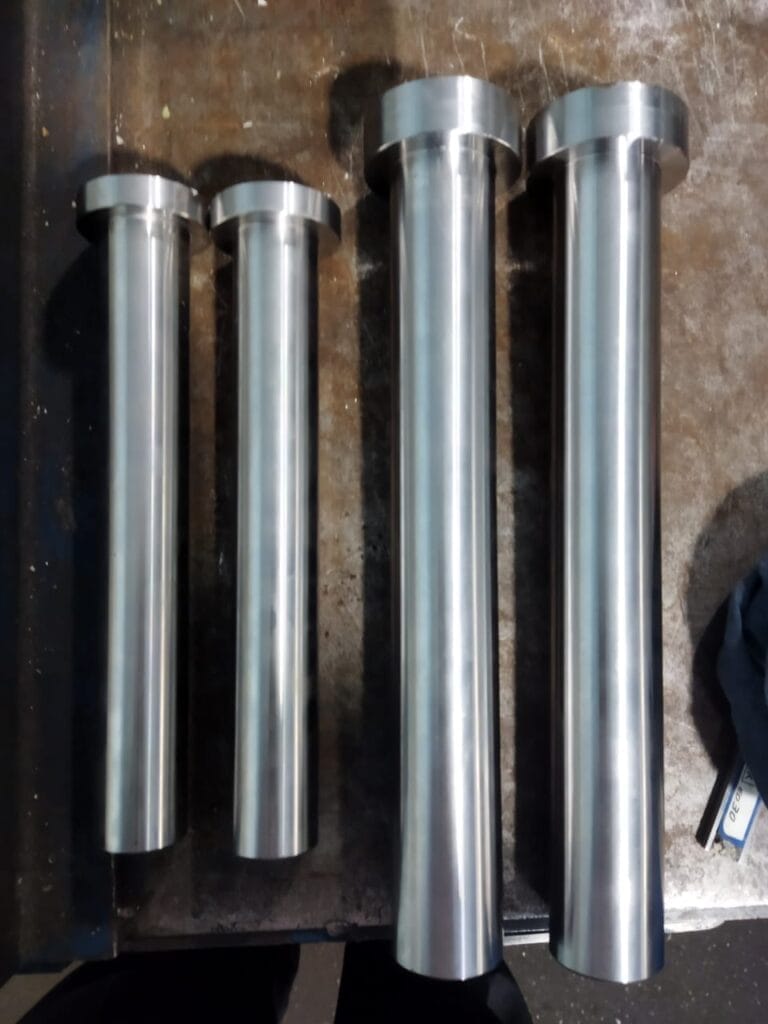

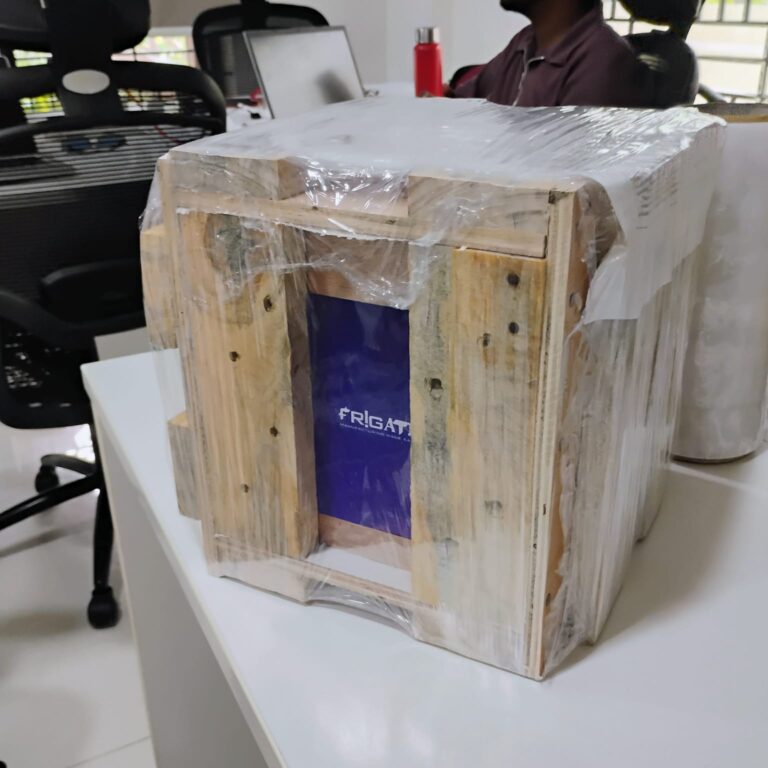

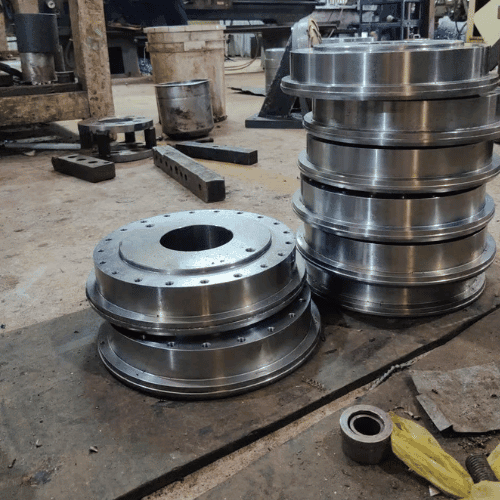
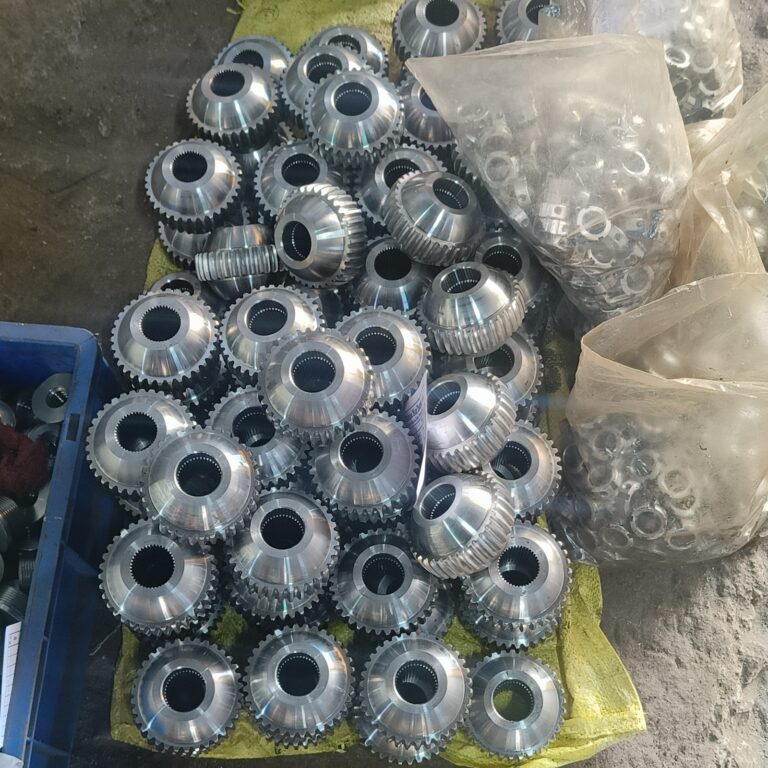
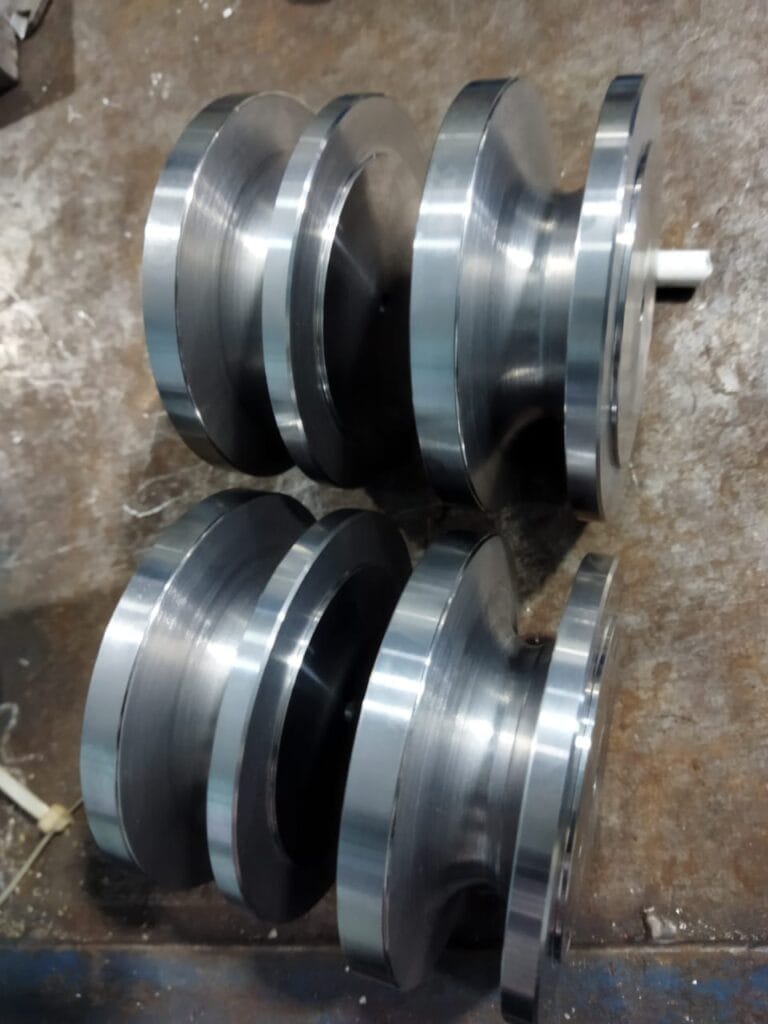
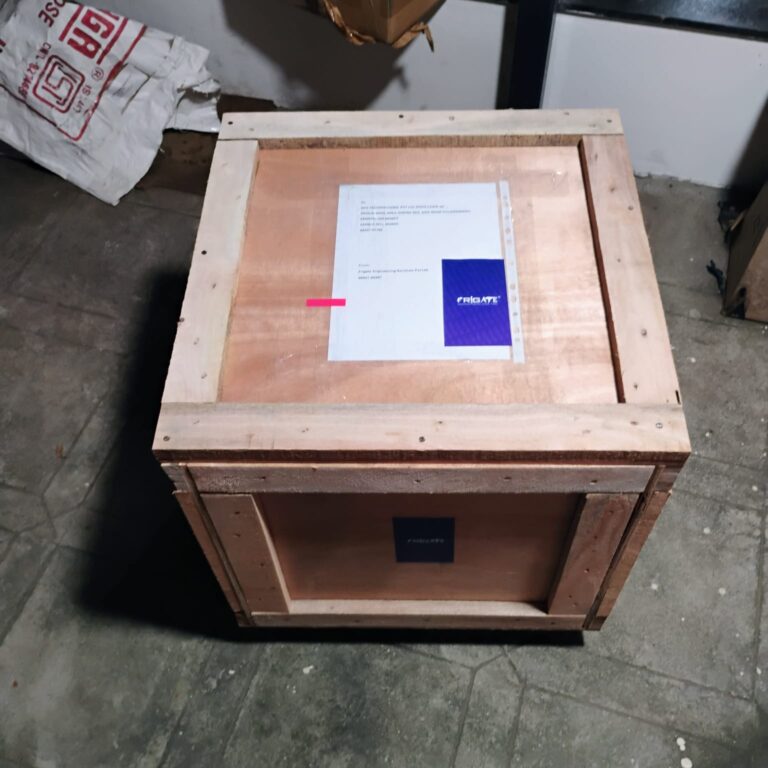

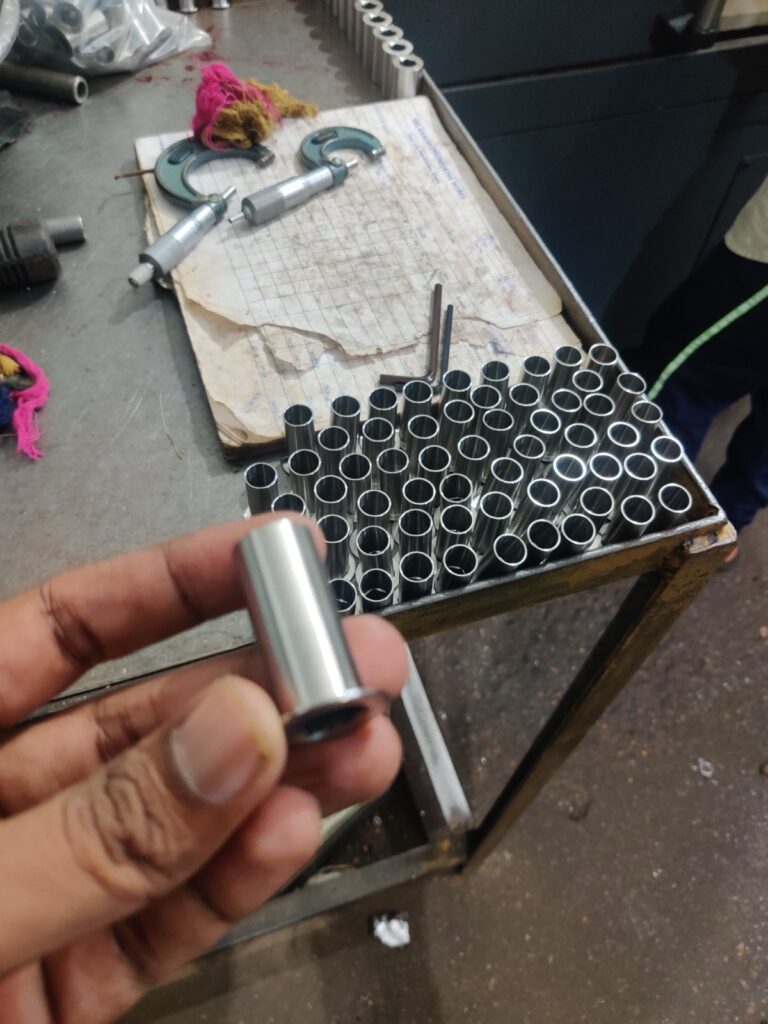
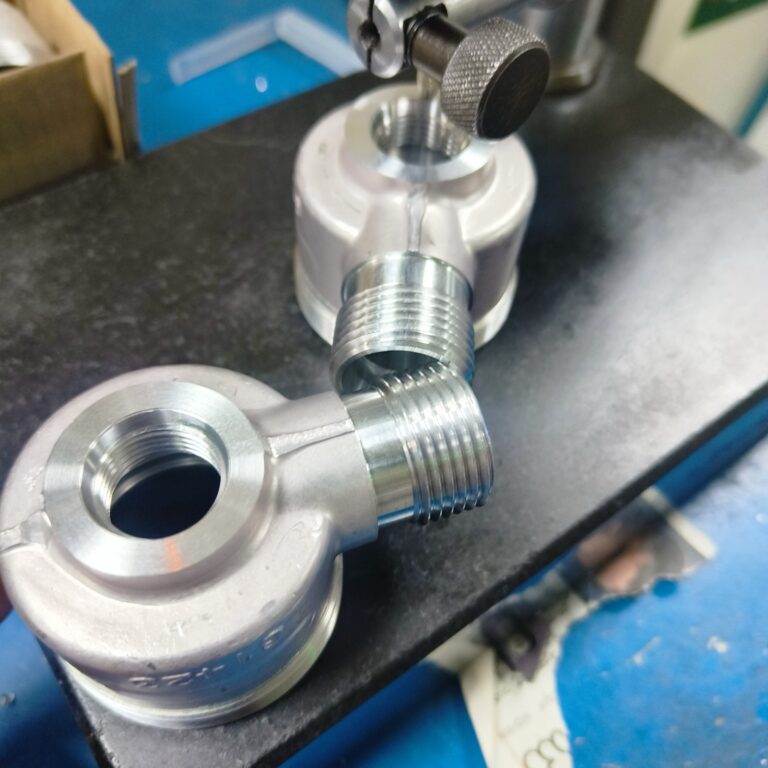
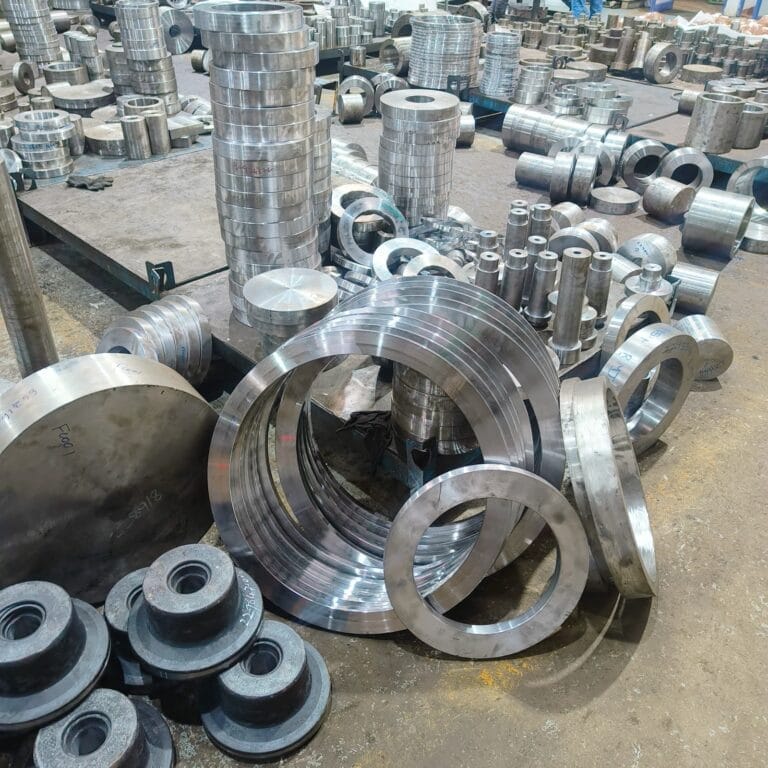
Other Industries We Serve
We deliver machining support across sectors that require consistency, material reliability, and tight dimensional control.
- Solid Progress
Our Manufacturing Metrics
Frigate brings stability, control, and predictable performance to your sourcing operations through a structured multi-vendor system.

2.8X
Sourcing Cycle Speed
Frigate’s pre-qualified network shortens decision time between RFQ and PO placement.
94%
On-Time Delivery Rate
Structured planning windows and logistics-linked schedules improve project-level delivery reliability.
4X
Multi-Part Consolidation
We enable part family batching across suppliers to reduce fragmentation.
22%
Quality Rejection Rate
Multi-level quality checks and fixed inspection plans lower non-conformities.
30%
Procurement Costs
Optimized supplier negotiations and bulk order strategies reduce your overall sourcing expenses.
20%
Manual Processing Time
Automation of sourcing and supplier management significantly reduces time spent on manual tasks.
Get Clarity with Our Manufacturing Insights
- FAQ
Having Doubts? Our FAQ
Check all our Frequently Asked Questions in CNC Milling
Frigate uses a unified toolpath strategy across both prototyping and volume production platforms. This ensures machining logic, tool approach vectors, and datum references remain identical across builds. Critical features maintain dimensional deviation within ±0.003 mm from EVT to DVT. As a result, connector stack-ups, thermal interface points, and mounting geometries require no re-baselining during validation.
Frigate integrates EMI shielding features—such as knife-edge joints, interference-fit flanges, and internal baffle geometries—directly into the milling process. These features are machined to sub-50 µm precision without relying on gaskets or secondary parts. Shielding effectiveness is validated using near-field RF scans and structural integrity under vibration. This approach delivers over 80 dB attenuation across telecom frequency ranges, even in harsh environments.
Frigate uses pre-machining stress relief cycles and controlled material removal strategies to prevent baseplate distortion. Flatness across thermal interfaces is kept below 0.03 mm over spans up to 300 mm. Laser profilometry is used post-machining to validate planarity under thermal load conditions. This ensures consistent contact resistance and prevents thermal runaway in high-power telecom systems.
Connector mounts are machined using coordinate-based referencing with tolerance stacks managed through GD&T principles. Concentricity and angularity are maintained within ±0.005 mm to avoid mechanical stress on high-frequency RF and fiber connectors. Frigate performs positional validation using optical metrology and CMM routines. This reduces insertion force drift and extends connector life over multiple field cycles.
Frigate combines CMM-based dimensional inspection with DPD-linked digital traceability systems. Each part includes a full-featured inspection record aligned to its functional surfaces, mating features, and thermal zones. Critical-to-function dimensions are monitored via SPC to catch drift across production runs. These protocols ensure readiness for system-level certification without post-machining modification.
We'd love to Manufacture for you!
Submit the form below and our representative will be in touch shortly.
LOCATIONS
Global Sales Office
818, Preakness lane, Coppell, Texas, USA – 75019
Registered Office
10-A, First Floor, V.V Complex, Prakash Nagar, Thiruverumbur, Trichy-620013, Tamil Nadu, India.
Operations Office
9/1, Poonthottam Nagar, Ramanandha Nagar, Saravanampatti, Coimbatore-641035, Tamil Nadu, India. ㅤ
Other Locations
- Bhilai
- Chennai
- Texas, USA

























